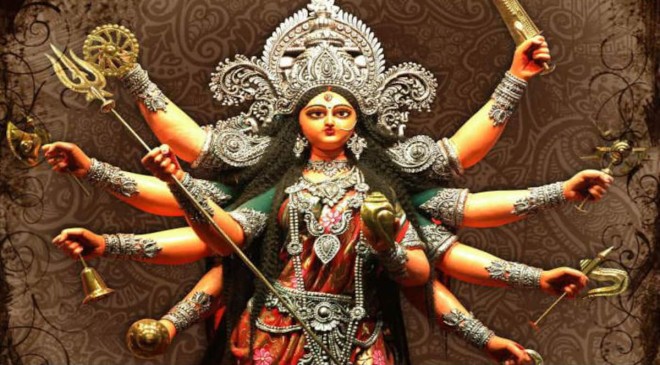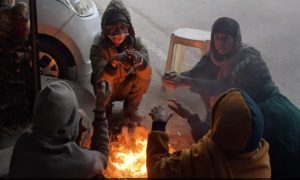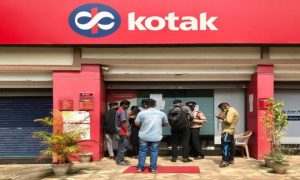Durga Puja, commonly known as Durgotsava, is one of the most important and grandly celebrated festivals in India, especially in West Bengal, Odisha, Bihar, and Jharkhand. It is a colourful festival that celebrates the Mother Goddess Durga, the symbol of strength, power, and the ultimate victory of good against evil. Observed with immense devotion and fervour, Durga Puja includes exceptional rituals, artistic decorations, cultural performances, and community gatherings. The festival generally extends to ten days, but the final five days are the most prominent. It is the time for family reunions with relatives and friends to celebrate and pay homage to the goddess. Durga Puja is an important religious event and also a very important cultural and traditional affair enunciating the great heritage and tradition of India.
Read More: 20 ways to make your home more energy-efficient
Rituals and festivities:
Durga Puja auspiciously starts with Shashti- this marks the day when Goddess Durga is believed to come to Earth. The astrologers, calculate each minute of the muhurat as to when the goddess would arrive on the earth, to begin the rituals on the apt timing. This year, ‘Shashthi’ for Durga Puja 2024 is likely to fall on October 9th evening, according to the Drikpanchnag. According to the devotees, the rituals of this particular time bring prosperity and fortune. This muhurat comprises Kalparambha, which is the puja on the opening day, and Bodhon, meaning awakening the goddess, symbolizing the invocation of divine energy to bestow benedictions and protect the devotees throughout the festival.

History of Durga Pooja:
The origins of this festival originate from the old Hindu mythology, as a celebration of victory over evil, and so forth. According to mythology, Goddess Durga was formed by the gods to defeat the buffalo demon Mahishasura who had been tormenting the earth. The goddess rode on a lion and had ten arms in which weapons were held; she defeated Mahishasura on the tenth day, referred to as Vijayadashami. Thus this victory represents the triumph of good over evil.
Rituals and Traditions:
The Rituals of Durga Puja are colourful and varied. The festival begins with Mahalaya, which is a harbinger at the end of Pitru Paksha, and the beginning of Debi Paksha, a time solely dedicated to the worship of the divine feminine. The most important days of the festival are Shashti, Saptami, Ashtami, Navami, and Dashami. Each day has its tradition and significance. One of the most important rituals is Kumari Puja; wherein young girls are worshipped as the epitome of the goddess. Another ritual which is performed during Durga Puja is the Sindoor Utsava where vermilion is applied to the idol of Goddess Durga. The festival also consists of Sindoor Khela, a ritual wherein women apply sindoor to the goddess and one another signifying marital bliss and prosperity.
Read More: Almonds And Skin Health: Unlocking The Secret To Radiant Skin From Within
Festival celebrations:
In modern times, Durga Puja has evolved into a grand celebration that attracts millions of devotees and tourists from around the world. The festival is known for its elaborate pandals that house the idols of Goddess Durga made of clay and are donned with ornaments and rich clothing. But aside from the pandals, varied art and cultural competitions also take place, such as dances, music, drama presentations, communal feasts and fairs. The festival climaxes with a bath of immersion of the idols in the waters, to symbolise the return to her celestial abode. It becomes a time for family reunions, celebrations, and sharing of prosperity and joy. These pandals are often themed and showcase incredible artistry and craftsmanship. The festival also has a significant economic impact, with businesses and vendors benefiting from the increased footfall and spending during the festive season. The government and local authorities also play a crucial role in ensuring the smooth conduct of the festival and maintaining public order.





































